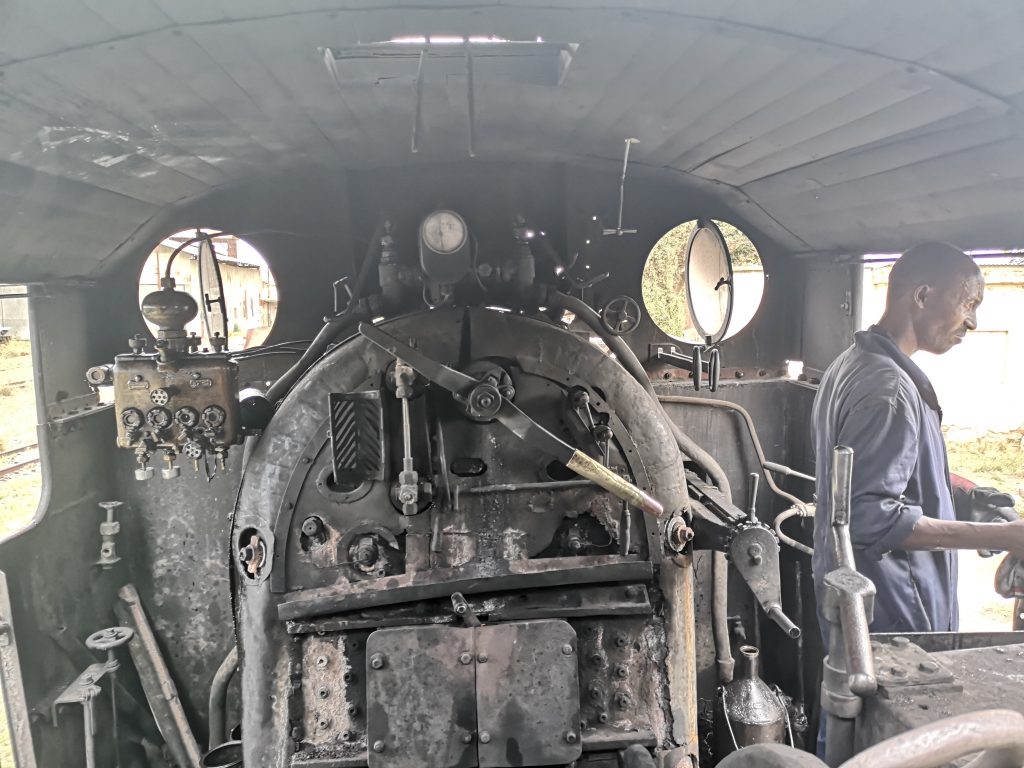Every country has its lot of unique experience to offer to travellers and at YPT, it is pretty much our job to bring those unique and memorable experiences to you. YPT being composed of a bunch of ferroequinologists itself, few experiences are as dear to our heart as the Steam Train of Eritrea (apart from, maybe the Basra to Baghdad train and the Transsiberian). This train journey is a fixture on all our group tours to Eritrea, and can also be arranged on our independent tours there.
The story behind it

The Eritrean railway system was built by the Italian colonists who ruled the country from the end of the 19th century until the end of World War II. Its construction began in Autumn 1887. Originally, the colonists were planning to use the train to move their military personnel quickly as well as carry minerals from the mines they were exploiting all over the country.
It is in 1911 that the train finally connected Asmara, the capital, to Massawa. At the peak of its glory, the system had over thirty-nine tunnels, sixty-five bridges and had trains going along the railway regularly on a daily basis. There were even plans to connect the railway to neighbouring countries of Sudan and Ethiopia. It was also a major contribution to the local economy as goods from the whole of the country could be carried efficiently between the capital and other major cities of the country, such as Nefasit, Keren and the sea port of Massawa.
Why is the Eritrean railway so special

The Eritrean railway system is special amongst railways in the world due to the challenges it had to overcome. Firstly, Eritrea is a very mountainous country, with Asmara being located over two thousand meters above sea level and the ports, of course, all the way done to sea level. As trains cannot support steep hills, a highly elaborate system of winding roads, viaducts and tunnels had to be planned which allow passengers to see incredible vistas at a very leisurely pace. You can see what it looks like in this video extracted from Eri.tv, the official tv channel of Eritrea.
But the design of the railway is not the only thing that makes it special, the locomotives and carts certainly make it even more interesting! Indeed, the trains of Eritrea haven’t been changed since the Italians have left and the equipment used today is the same that was used decades ago. This makes a train trip in Eritrea a real time-travel experience. The steam engine, the horn and the gauge is all authentic and vintage. This kind of equipment cannot be found much around the world, except maybe in Sri Lanka and in India.
The project derailed

After the colonists left, the railway was kept in order for a few decades. However, with the Eritrean war of Independence, service was suspended for over twenty years. Not only were the trains not running anymore but the steel sleepers from the railway were scavenged to build bunkers used to protect positions during the war.
It is only in 1996, after the war ended, that some of the engineers of the railway now much older and nearing their final days, took upon themselves to restore the railway. Two functioning locomotives were found and the sleepers were put back in place. The Asmara to Massawa line was finally restored in 2003.
However, the line is now only used for tourists and function on a charter basis. With the lack of investment in the railway, the engineers are not able to maintain the tracks as well as they would like and sadly, every year less of the line can be travelled. At the moment, a two and a half hour roundtrip from Asmara to Arbaroba, including a traditional coffee ceremony and a stop in Arbaroba, can still be arranged.
It is hoped that some investment might come and allow this heritage railway to survive in this heavily-sanctioned country. For now, the future of the Eritrean railway is uncertain…
How to ride the Eritrean Steam Train

As a chartered train, the Eritrean steam train does not follow a fixed scheduled. However, in order for the workers to know how to prepare the train, it should be requested a few days in advance. The train generally leaves in the morning after all preparations are made but its departure time is flexible.
Such an adventure is not so cheap, with the train costing at least 1100 USD in total per trip. It can still be arranged for our independent tours and the price can then be split amongst the members of your group.





